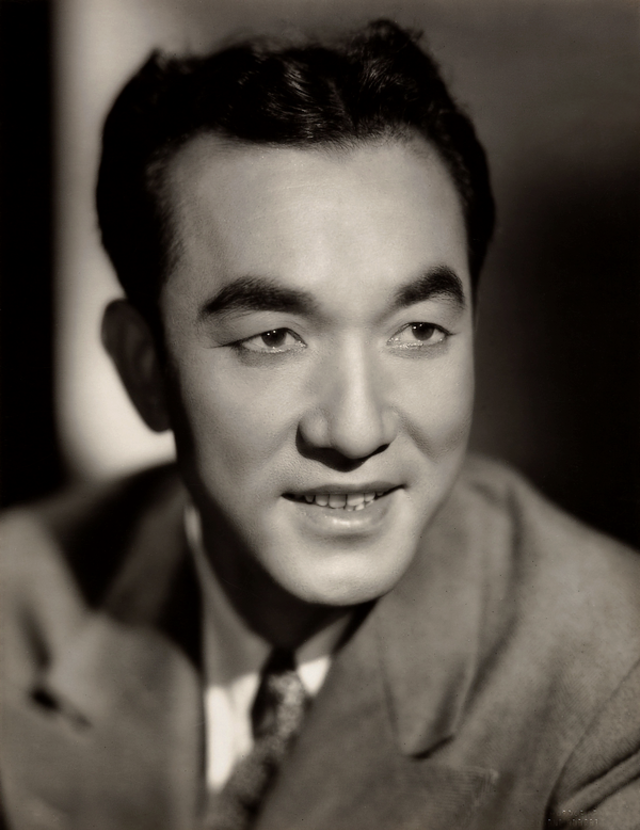
She’s the treasurer for the local Red Cross. Neglected by her husband Richard, a Wall Street banker who has all their money tied up in the stock market, Edith does what I assume many rich, bored housewives did in 1915.

Rather, she’s a bored housewife, a fashion plate and a spendthrift, much closer to one of the middle-aged party girls in Sex in the City than she is to Flora Cameron from Birth of a Nation. Edith Hardy, the heroine played by the popular forty-three-old stage actress Fannie Ward is no ingenue. DeMille is laughing at California’s stupid anti-miscegenation laws, he put an interracial kiss on screen fifty three years before Star Trek did it in Plato’s Children. The Japanese government read The Cheat far too literally.
SESSUE HAYAKAWA THE CHEAT MOVIE
Like Rudolph Valentino, Hayakawa was the dark, exotic movie star the white Anglo Saxon Protestant girl next door wanted to fuck. While Hayakawa’s character, Hishuru Tori, superficially resembles the traditional ethnic rapist –The Cheat so offended the Japanese government that they successfully lobbied Paramount Pictures to have the character’s name changed to Haka Arakau and his nationality changed from Japanese to Burmese – the film made him a star and, more importantly, a major sex symbol. DeMille chose a much more daring approach. The second, most notoriously exemplified in Griffith’s Birth of a Nation, would have been to have cast him as a hyper-sexual villain, a dark exotic man who desired white women so intensely it turned him into a monster.įor his 1915 film The Cheat, Cecil B. The first, familiar from movies like Breakfast at Tiffany’s or Sixteen Candles, would have been to have cast Hayakawa as asexual comic relief. For a Hollywood director in 1915, therefore, there were really only two ways to use an Asian actor. Griffith cast a Chinese actor opposite Lilian Gish in Broken Blossoms he would have gone to jail. That meant he couldn’t play the romantic lead opposite a white actress. California had an anti-miscegenation law that wasn’t repealed until 1947, and, as you’ve probably guessed by looking at his name, Sessue Hayakawa was Japanese. Hayakawa was also one of the best actors of his generation, developing a style of acting that combined Zen Buddhism with the Stanislavski Method, a technique that in many ways prefigured Stella Adler, Lee Strassberg, and the Actors Studio. Not surprisingly, that made him a popular man in Hollywood.

By 1922 he had made so much money he was able to start his own production company, Haworth Pictures Corporation, which eventually netted him $2 million dollars a year, some of which he spent just before the beginning of Prohibition stocking the basement of his lavish mansion with (perfectly legal) alcohol. Though largely forgotten today, Sessue Hayakawa was one of the highest-paid movie stars of the silent-film-era.


 0 kommentar(er)
0 kommentar(er)
